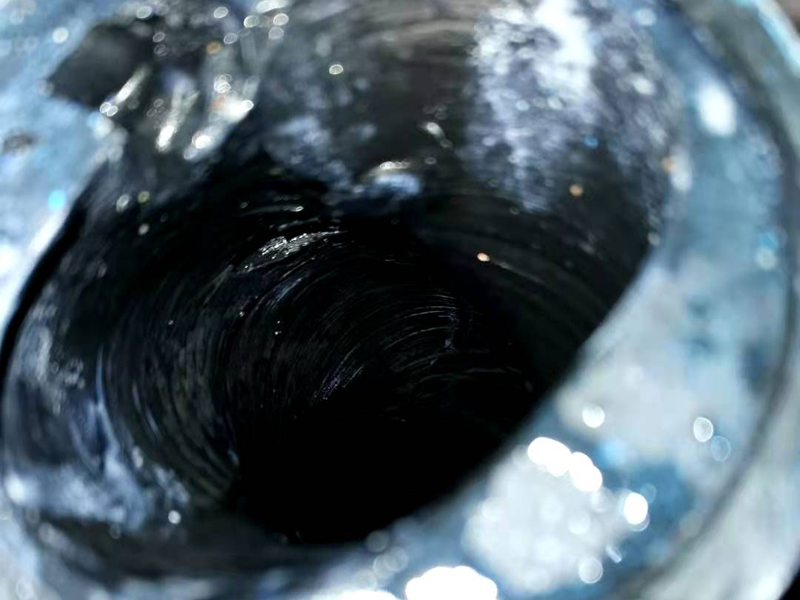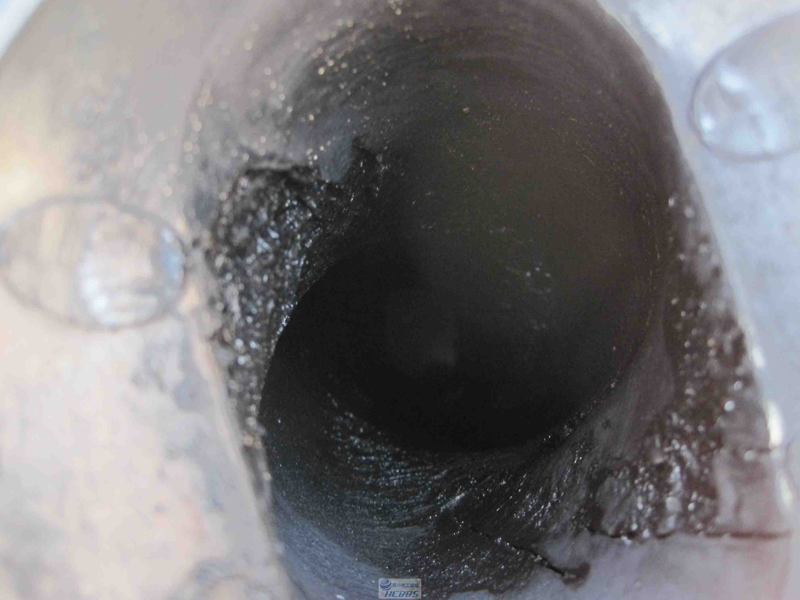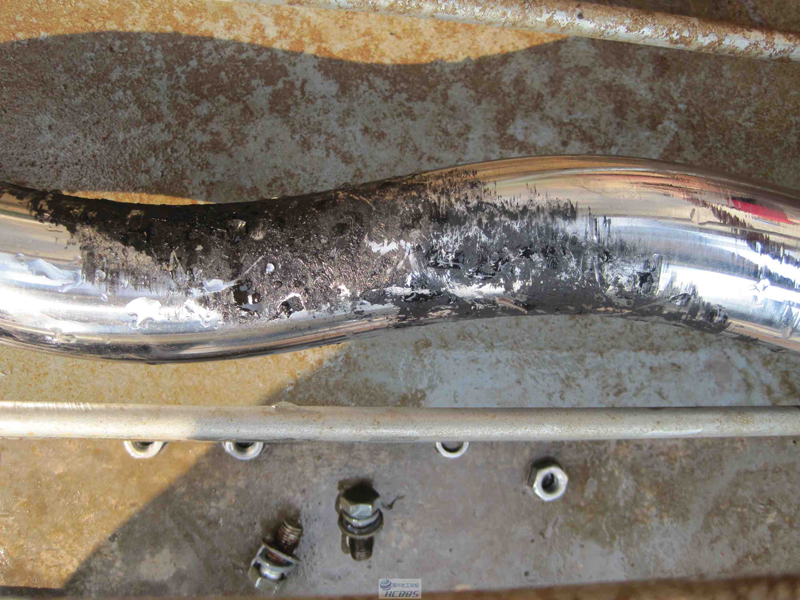As one of the vulnerable parts of the progressive cavity pump, the service life of the stator has always been one of our focus. Next, I will explain several common causes of stator damage:
The most common is wear and tear, and there is the quality problem of the product itself: degumming. The wear is divided into natural wear and unnatural wear.

Natural wear:
Under the same working conditions, natural wear is divided into the following:
1. Wet abrasive wear is a condition of particle wear, that is, the conveyed medium contains particles, and there is a liquid medium between the abrasive particles and the rubber.
2.Fatigue wear is caused when the friction and contact stress between the stator rubber and the blunt mating surface of the rotor are not too large. This kind of wear is similar to abrasive wear in many aspects. Some scholars regard fatigue wear as a form of abrasive wear, that is, blunt abrasive wear. But compared with abrasive wear, fatigue wear is a low-strength wear.
Erosion wear is also known as erosion wear. This wear occurs due to the liquid flow between the screw pump rotor and stator. This type of wear is one of the main forms of wear during the normal operation of the screw pump.
Unnatural wear:
Most of the unnatural wear and tear are caused by improper operation. At this time, we need to investigate the cause by ourselves. You can refer to the following knowledge points:
1. Check the pressure of the screw pump, whether the outlet valve is fully opened, and it is forbidden to close the valve at the outlet of the screw pump to adjust the flow rate and remove any blockage of the outlet pipe.
2. Check whether there are other foreign objects in the pump, remove the foreign objects, and repair the defective parts.
3. If the pump is running dry or semi-dry, check whether there is enough medium in the suction pool.
4. The suction pipeline is partially or completely blocked, remove any blockages.


5. Check the temperature of the medium. If the stator is delayed for too long, the stator sticks to the rotor, and the stator may burn out.
6. If the diameter of the solid is too large, reduce the speed of the pump and install a proper water inlet filter.
7. The medium is solidified at the lowest temperature limit and the medium is heated.
8. When the pump is out of service, the hard solid deposits fill the pump, and the necessary disassembly and cleaning should be carried out immediately.
Degumming:
Because the surface treatment of the inner hole of the stator shell is not in place, the adhesive used is invalid and the vulcanization process is not good, the rubber will fall off.
